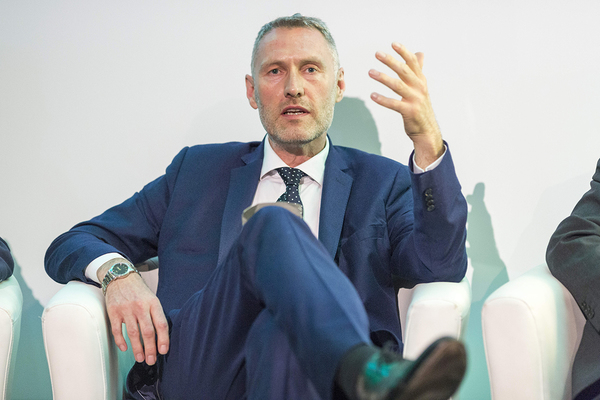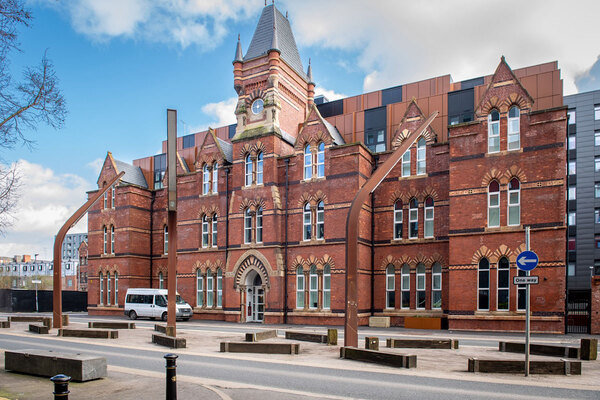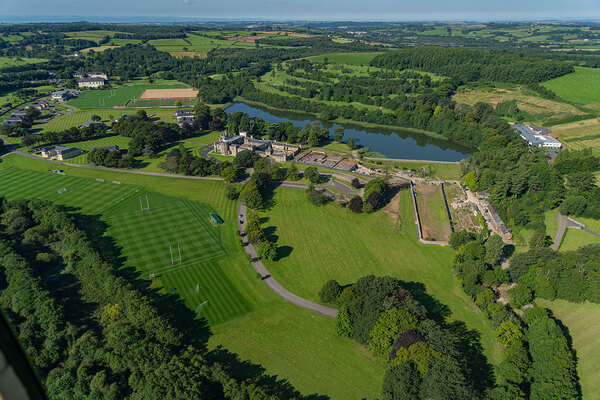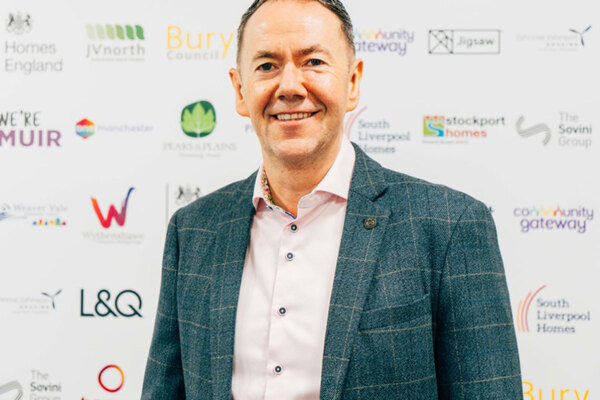You are viewing 1 of your 1 free articles

Matthew Gardiner is a former senior housing sector professional
Building homes that are fit for the future
Social landlords need to raise their expectations now if they are to build homes that are fit for the future, argues Matthew Gardiner
We all know there’s a housing crisis across much of the UK.
There must be, everyone is commenting on it.
Channel 4’s journalists have investigated its causes and concluded that the problem is: we are losing social housing because housing associations have lost their social purpose – without once mentioning the loss of social housing through inadequate replacements of properties sold under the Right to Buy. The storyline in The Archers takes a different view: there is insufficient affordable housing in Ambridge, while our new housing minister (number 17 in 20 years) intends to “restore the dream of homeownership”.
If you take away the politics of tenure, what unites the commentators is that we need more homes.
If the crisis is to be solved, the fact is that we need to build more of all types of property, at speed, in locations where people want to live and which are close to their work.
And if you’ve read other articles I’ve written on this topic, you know my opinion: it means building not just on brownfield and greenfield sites, but on green belt, too.
At Trafford Housing Trust, we like to think we are doing our bit. Through our joint venture with L&Q we are well on the way to delivering 2,000 new homes across the North West in four years – housebuilding at a considerably increased scale and pace. We know the demand is there to do more and we continue to explore ways we can make that happen.
But this is not a blog on housing supply. It’s about the changing purpose of homes as the fourth industrial revolution takes hold.
In a not-too-distant future where there is the ubiquity of data, where systems are fully integrated so that data can easily be analysed to create meaningful insight, as the evergreen forces of technological change, demographic change and globalisation play out across that world in new and unimaginable ways, what will the home of the future actually be for? It seems to me this is a question that deserves some thought.
The majority of the homes we are building now will almost certainly still be around in 100 years time.
“Looking to that future, what will the occupants of those homes expect of us as we build today.”
Their ‘half-life’ will therefore be in 2068, long after the time when artificial intelligence is expected to have exceeded human abilities. Looking to that future, what will the occupants of those homes expect of us as we build today? What will they be using their homes for? At least three big changes seem to be coming.
First, it seems unlikely that the concept of the home as a store of value will have changed, but the metrics of value could well be different.
Perhaps the most valuable homes will be those that are the most sustainable: future residents will expect the home to provide them with not just the micro systems to generate all their own power, but also to recycle all their own water and consume their own waste.
Second, homes will be places to create stuff – 3D printing will have developed to the point where our home acts as our personalised production line, bringing us the consumables we desire. And if the proponents of a different kind of food production are to be believed, a place where developing ‘in-vitro’ technologies will allow us to create our own meat and food. After all, if cows were a nation state, they would be the third largest CO2-producing country in the world.
Third, homes will be places to live well and, when the time comes, die well too. Decentralised medicine means that most treatments will take place in community and domestic settings, and homes need to be designed to enable that to happen.
As for the place of our deaths, surely the future will have solved the problem of 70% of us wanting to die at home yet only 25% of us being able to.
As with all predictions, the details here will no doubt turn out to be wrong. But the underlying trends seem unlikely to change.
As long-term landlords, providing homes for those most disadvantaged in the housing market, we need to raise our expectations now, beyond the offsite manufacture of prefabs that have the look and feel of the 1960s, and approach housebuilding through the eyes of mid-century occupants.
Failing to do so now risks obsolescence of our homes in the future.
Matthew Gardiner, chief executive, Trafford Housing Trust











